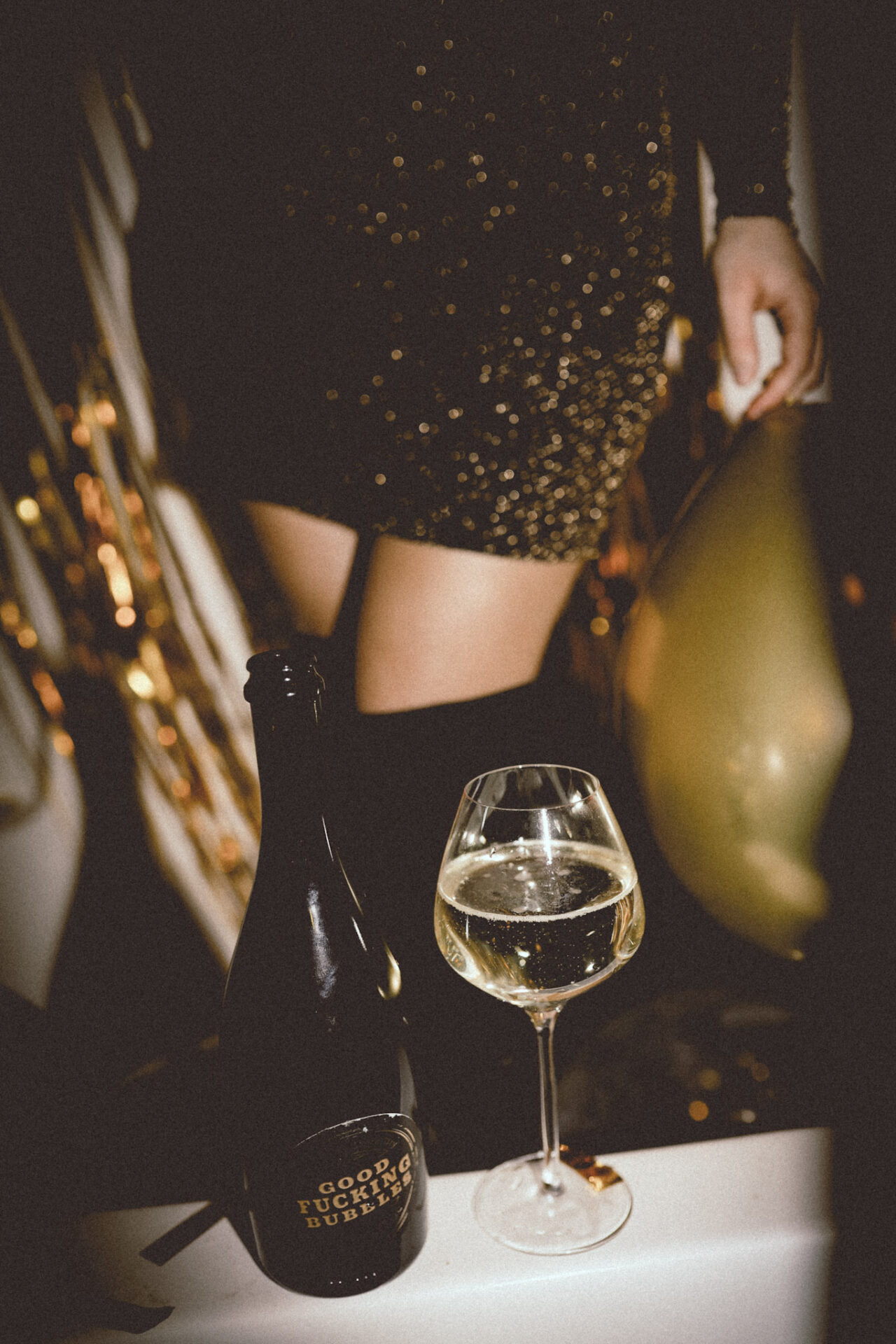
Ah, Prosecco vs Champagne – two sparkling beverages that have won the hearts of many a wine connoisseur! But what’s the difference between them? And which is better? Whether you’re already an enthusiast or just getting started with enjoying these effervescent drinks, this blog post will explore each in detail to help you decide for yourself. Not only will we go into the history of Prosecco and Champagne, but we’ll also delve into their production process so you can see which one truly wins your affection
What is Prosecco?
Prosecco is a sparkling white wine typically found in Veneto, Italy. It’s often used to make Aperol spritzes and Mimosas, combined with similarly delightful flavors to really liven up any happy hour!
Although some people may call it Italian champagne, technically it isn’t Champagne at all – Prosecco comes from the Prosecco grape variety (known as Glera) instead of Pinot Noir, Pinot Meunier, or Chardonnay.
Prosecco also has a different texture of bubbles than Champagne and offers more green fruit flavors (more on this later!) – what’s not to love? For anyone looking for a light and refreshing bubbly option, there’s no better pick than Prosecco!
>> Recommended: Best Prosecco for Mimosas <<
Suggested: Best Prosecco for Mimosas – Your Shopping Guide
For all you Mimosa lovers out there, this guide has all the best Proseccos for Mimosas and tips & tricks to make the best of this classic brunch cocktail!
>> Read the post here <<
What is Champagne?
Champagne is a sparkling white wine produced from grapes grown in the Champagne region of France and known for its bubbly effervescence and luxurious allure.
The primary grape varietals used in making champagne are the black Pinot Meunier and Pinot Noir, as well as the white Chardonnay.
With an eye-catching sparkle, delicate to vivacious bubbles, and interesting complexity, Champagne has almost become synonymous with celebration across time and cultures.
Whether you prefer to clink glasses at a wedding or bring out the bubbles when you feel like you need some cheering up, what could be more festive than enjoying a glass of Champagne?
Prosecco vs Champagne Grapes
One of the most obvious differents between Prosecco vs Champagne is that they’re made from different grapes. Prosecco is made from Glera grapes, while Champagne is made from three grapes—Chardonnay, Pinot Noir, and Pinot Meunier.
This difference in grapes results in a difference in taste; Prosecco is typically lighter and fruitier than Champagne, which tends to be more full-bodied with notes of yeast and biscuit.

Champagne vs Prosecco Production Method
Champagne Production
Another key difference between Prosecco and Champagne is the way in which they are made. Champagne is made using the traditional method, also known as méthode champenoise. This involves a second fermentation taking place in the bottle, which gives Champagne its signature bubbles.
During this time, the wine rests with the dead yeast cells from fermentation, resulting in the toasty, yeasty character Champagne is known for.
Top-tier Champagnes are aged for five years or more to develop these complex notes.
Prosecco Production
Prosecco, on the other hand, is made using the tank method (also known as the Charmat method), whereby the second fermentation takes place in a steel tank before the wine is bottled.
During the second fermentation, carbon dioxide is released and trapped in the wine, resulting in the bubbles that bottles of prosecco are known for.
This method allows the wine to be produced in larger quantities at a time with less labor, resulting in a less expensive drink.
Prosecco vs Champagne Flavors
Both Prosecco and Champagne boast the delightful taste of bubbly white wine, but they also have distinct taste differences that give each its own unique flavor.
Champagne has more nuanced flavors of white peach or citrus with tertiary notes like nuttiness and bread while Prosecco is much brighter with flavors of melon and green apple or pear.
Champagne wines age longer on the lees (dead yeast cells), which lend more tertiary and creamy notes to the finished wine. Prosecco wines, on the other hand, tend to be more crisp and acidic.

Prosecco vs Champagne Food Pairings
Because there are so many similarities between Prosecco and Champagne, they actually have pretty similar recommended food pairing options.
I personally love a crisp glass of either wine paired with greasy foods – potato chips are a go-to favorite!
Both of the popular bubblies call for similar types of fare when it comes to entrees – seafood, poultry, and vegetable-based dishes are all good go-to’s. But when it comes to subtle differences, things diverge: Prosecco can bring out the sweetness in savory items like olives, while firmer cheeses like Grana Padano or Parmigiano Reggiano beg for Champagne’s pop of acidity and dash of creaminess.
Whether you prefer one or the other (or both!), pairing these wines with snacks and meals is a surefire way to create an unforgettable meal.
Conclusion
So there you have it—a brief overview of the key differences between two incredible sparkling wines: Prosecco vs Champagne. So which one should you choose? If you’re looking for something light and refreshing, go for Prosecco. If you’re after something a little more sophisticated, Champagne is your best bet. And if you can’t decide, why not try them both and see for yourself? Cheers!

